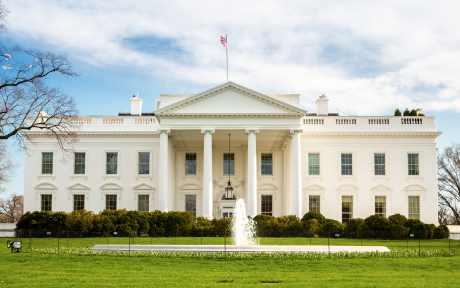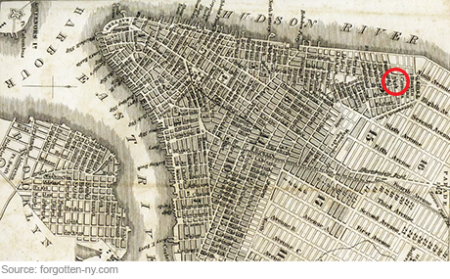Measuring Americans’ Expectations Following the 2016 Election

While consumer confidence as measured by various surveys has increased sharply since the national election, the New York Fed’s Survey of Consumer Expectations (SCE) has shown little notable change in expectations. In this post, we show that the difference may partly reflect systematic compositional changes whereby respondents who answer a survey after the election differ in important ways from those answering the survey before the election—something which the SCE largely avoids. We also show that the flat average aggregate outlook in the SCE masks substantial regional/partisan heterogeneity in shifts in expectations.
Historical Echoes: Are There Any Banks on Bank Street?

Bank Street in New York City is a quaint little six-block stretch in Greenwich Village (see this 48-second video) with a huge cultural legacy—but no banks. Many cities and towns have a Bank Street and often the street is so named because that’s where most of the banks were originally located. (It is not likely that any Bank Street got its name because of proximity to a riverbank.) However, New York City’s Bank Street is not where the banks were originally located and it’s not even in the financial district—it’s in Greenwich Village. Why, then, is it called “Bank Street?”
Advent of Trade Reporting for U.S. Treasury Securities
Greater transparency is coming to the U.S. Treasury securities market. Members of the Financial Industry Regulatory Authority (FINRA) will be required to report their trades in Treasuries using FINRA’s Trade Reporting and Compliance Engine (TRACE) starting July 10, 2017. Although initial collection efforts are focused on providing such data to the official sector, the public will likely have access in the future. In this post, I discuss the motivation for such reporting, how it came to be decided on, and the evidence from the corporate bond market on how public access to such data affects trading costs.













 RSS Feed
RSS Feed Follow Liberty Street Economics
Follow Liberty Street Economics